Sustainable Shipping Campaign for Art Industry
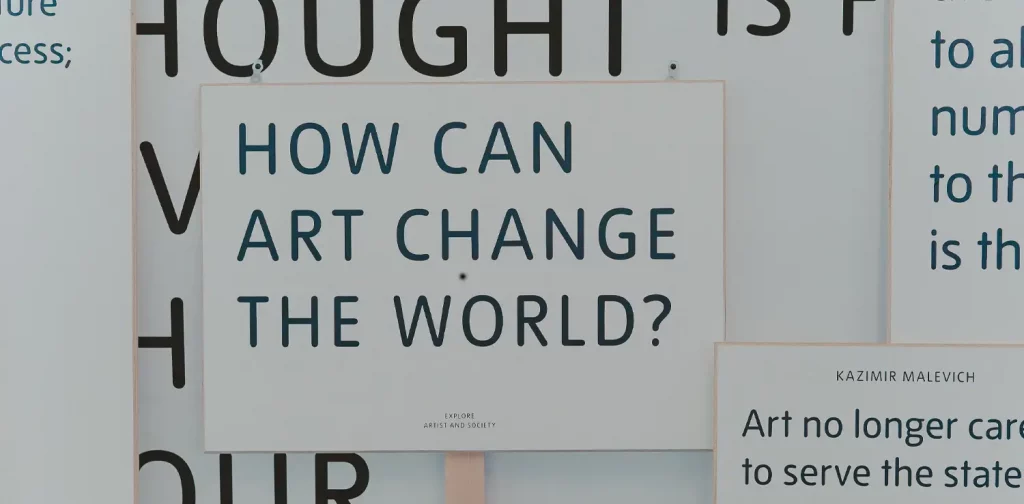
Photo by Toa Heftiba on Unsplash
Art has its own healing properties. From sketching random doodles to strolling around art galleries, the presence of art is essential for our mental wellbeing. Still, wouldn’t it be great if art could also contribute to the environment?
To transport artworks around the globe, art galleries usually use air freight, which inevitably contributes to greenhouse gas emissions. In May 2022, the Gallery Climate Coalition (GCC) launched the Sustainable Shipping Campaign to address this issue.
From air to sea
For every tonne of artwork, air freight produces 10 times more CO2e than road freight and 60 times more than sea freight. As an international charity organization with more than 800 members, GCC aims to make guidelines for a more sustainable art sector, particularly in transitioning into non-air freights by 2028.
Frances Morris, the director of Tate Modern Art Gallery, welcomed the urgency of GCC’s campaign. “We must challenge conventional art transportation methods in light of the huge environmental impact of air freight. This mirrors Tate’s own commitment to challenging all our existing models of activity to radically reduce carbon emissions,” she added.
Aside from addressing shipping emissions, this campaign also aims to tackle the single-use plastic usage for artwork packaging purposes, which is also detrimental to the environment if left unmanaged.
Targets and actions
The Sustainable Shipping Campaign was launched after two years of research done by GCC in collaboration with the supply chain representatives and environmental advisors. The organization has come up with four sector-wide campaign targets:
- A majority of all international art freight to be transported via non-air methods—with an overall reduction in volume—by 2028.
- The majority of packing materials in circulation to be reusable or curbside recyclable by 2026, as well as an immediate phase-out of single-use plastic products with zero-waste by 2030.
- Local deliveries to be low or zero emissions by 2025.
- By 2024—all freight companies to provide standardized emissions data:
- As estimates on all quotations so that clients can make informed decisions on shipping options based on environmental impacts as well as cost and time.
- On all invoices allowing clients to efficiently collect the required data for emissions reporting.
Furthermore, GCC also developed sector-specific action guidelines for every party involved in the art sector, including galleries and institutions, shippers, artists, art fairs, and collectors. This emphasizes that the campaign is cross-sector, and it is within the responsibility of all stakeholders in the supply chain to make effective changes.
The inevitability of sustainable practices
Every act of preservation counts. Art has always been seen for its contribution to preserving culture and commemorating the passage of time. However, the fact that our planet is at its tipping point forces us to re-evaluate our decisions and practices, including the art sector. Through improving and managing the artwork shipping and packaging, GCC’s campaign further shows how the industry can also support sustainable development.
Editor: Nazalea Kusuma
Kresentia Madina
Madina adalah Asisten Manajer Publikasi Digital di Green Network Asia. Ia adalah lulusan Program Studi Sastra Inggris dari Universitas Indonesia. Madina memiliki 3 tahun pengalaman profesional dalam publikasi digital internasional, program, dan kemitraan GNA, khususnya dalam isu-isu sosial dan budaya.

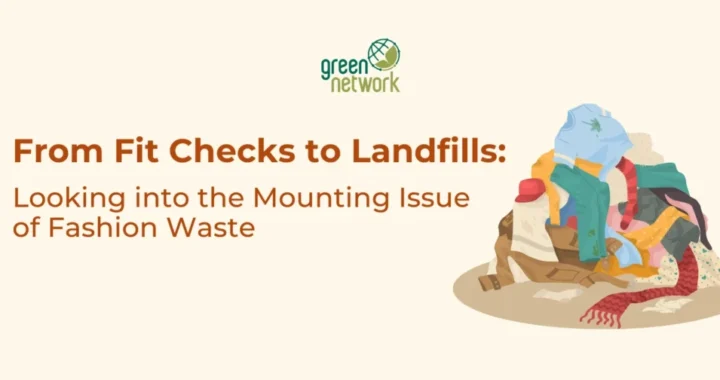 Test Custom Feature Image
Test Custom Feature Image 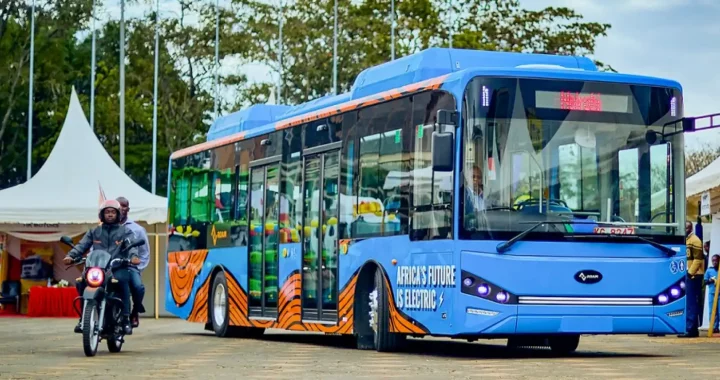 Electric Vehicles Roam the Roads of Kenya
Electric Vehicles Roam the Roads of Kenya  FedEx Engages Employees with Beach Clean-Up Initiative
FedEx Engages Employees with Beach Clean-Up Initiative 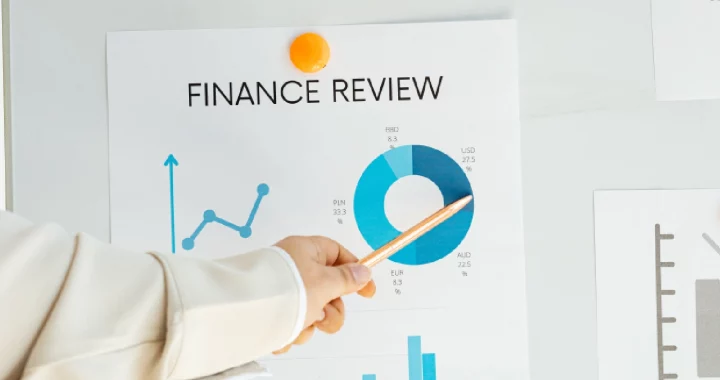 Come Back Stronger: Building Philippines’ Resilient Economy Post-COVID-19
Come Back Stronger: Building Philippines’ Resilient Economy Post-COVID-19  Inside Experian’s Sustainability Journey: An Interview with Chief Sustainability Officer Abigail Lovell
Inside Experian’s Sustainability Journey: An Interview with Chief Sustainability Officer Abigail Lovell 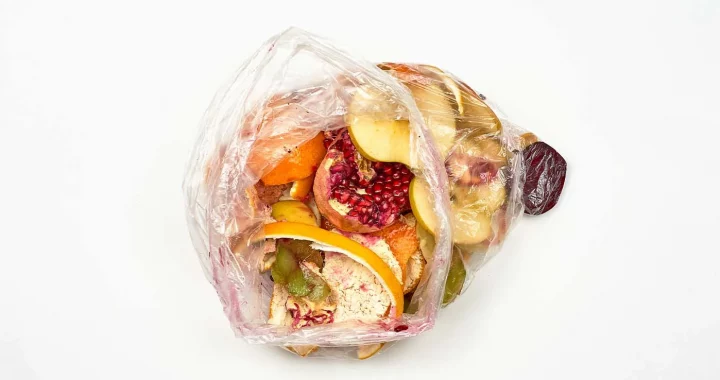 5 Food System Actors That Have Taken the 123 Pledge to Reduce Food Loss & Waste
5 Food System Actors That Have Taken the 123 Pledge to Reduce Food Loss & Waste  Test premium post
Test premium post